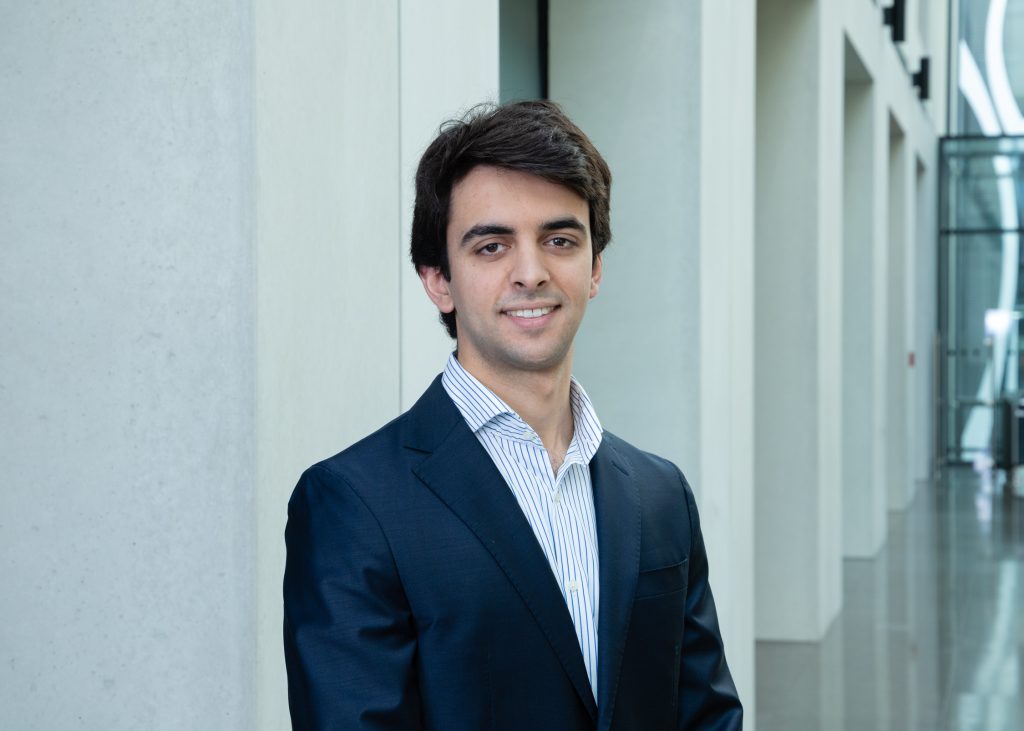Infrastructure and renewable energy – current trends and tax considerations
Infrastructure and renewable energy1 play key roles in achieving climate resilience, fostering low-carbon development, and promoting inclusive projects.
During the COP272 held in November 2022, it was highlighted that achieving the global goal of reaching net-zero greenhouse gas emissions by 2050 would require an investment of circa $6 trillion a year in renewable energy, technology, and infrastructure.
Infrastructure and renewable energy within alternative asset classes
The overall interest in infrastructure is high among investors. Currently, stakeholders are keen on balancing their portfolios by shifting away from core strategies due to the impact from inflation, high interest rates and market instability. Instead they are turning toward core-plus, value-add and opportunistic investments. Infrastructure debt is also gaining traction due to its attractive risk-adjusted returns.
According to Preqin, it is expected that by 2026 infrastructure will experience the second-fastest growth rate among all alternative asset classes, after private debt. It is expected to overtake the well consolidated real estate asset class in terms of assets under management.3
Meanwhile, the renewable energy sector is also drawing capital, with fundraising increasing in the past quarters4. This has been propelled by stakeholders who are looking for steady cash flow and lower risk investments, and also by the global decarbonization objectives.
Renewable energy has shown it can deliver solid performance in the midst of a volatile market and it is rapidly becoming an attractive generation technology for investment across the globe. The automation of production processes is cutting both time and costs, enabling solar and wind energy to compete with more conventional sources.
The ESG lens
Decarbonization and the energy transition are indeed megatrends in the fund market. Digitalization and the demographic change – with urban populations growing – are also key drivers for the infrastructure asset class. Alternative fund managers are seeing an increase in opportunities in these fields with the public need for quality infrastructure.
Investors are keen on improving the ESG5 performance and compliance of funds, prompting alternative asset managers to come up with innovative investment solutions. In particular, infrastructure stakeholders are ahead (with regards to investors from other alternative asset classes) with 52% having implemented active ESG policies.6 These policies are pushing toward the net-zero emissions target with regards to the infrastructure and renewable energy investments.

“Renewable energy has shown it can deliver solid performance in the midst of a volatile market and it is rapidly becoming an attractive generation technology for investment across the globe.”
The emergence of ELTIF and its Luxembourg tax regime
The European long-term investment fund (ELTIF) is a type of fund that could be a suitable solution for investing into real assets and which is gaining momentum. Luxembourg is the Member State where most ELTIFs have been launched to date, and the revised ELTIF Regulation7 made it a more attractive product for alternative asset managers.
The ELTIF is marketable to both institutional and retail investors, a key feature for fundraising. It has a broad scope of eligible assets, with the possibility to invest in one single asset for institutional investors only. It is permitted to borrow cash. It is a flexible fund vehicle that can be built in Luxembourg as UCI Part II8 for retail investors, or as SIF9, RAIF10 or SICAR11 for institutional investors. It is available under corporate legal form (with potential access to double tax treaties) or transparent legal form. Managers can set-up a fund-of-fund strategy or master-feeder structure (with umbrella structures available).
If a Luxembourg ELTIF is set-up under the regime of UCI Part II, SIF or RAIF (default SIF regime), it may benefit from the subscription tax exemption. Whereas if the fund is formed under the SICAR regime, it may benefit from corporate taxes exemption on certain streams of income.
Other relevant tax considerations
Managers who are looking for opportunities with infrastructure and renewable energy are making use of the widely varied Luxembourg fund toolbox, including the ELTIF which is picking up the interest of these managers.
Alternative asset managers should bear in mind key factors from a tax perspective when considering the investment into infrastructure and renewable energy projects, as they should choose the most appropriate type of fund and holding structure tailored to the investors’ status and requirements, as well as the specific nature of investments. Key factors are:
- Assets managers should monitor the transaction costs which are typically high with these types of investments and the related tax consequences, such as deductibility for corporate income taxes or value added tax charge.
- Asset managers should choose financing instruments that may accommodate to the long-term investment timeline (which may be well over fifteen years). The use of debt instruments should cater to thin capitalization rules and interest deductibility rules12 in the local investment jurisdictions, and hybrid mismatch rules in the structure. Interest-bearing or profit participating loans from shareholders – commonly used for investments into real assets – should be bound by transfer pricing rules and regulations.
- Attention should be paid to the level of reserves and potential cash trapped in the structure during the lifetime of the investment due to depreciation of real assets, historical negative reserves, or leveraged recapitalization. Asset stripping rules may also have a direct impact on cash repatriation towards the investors.
- In terms of divestment, the preparation for an exit scenario is key, especially considering the lengthy term and usual dynamic of the investment structures, as well as the ever-changing tax landscape. Non-resident capital gains tax is a main point of attention. With a share sale, alternative asset managers should check whether the target company qualifies as land-rich13, paying careful consideration to the definition of immoveable property under local tax legislation and applicable double tax treaties. Real estate transfer tax and stamp duty are also relevant concerns.
“Alternative asset managers should bear in mind key factors from a tax perspective when considering the investment into infrastructure and renewable energy projects, as they should choose the most appropriate type of fund and holding structure tailored to the investors’ status and requirements, as well as the specific nature of investments.”
Concluding remarks
Innovative solutions offered by alternative asset managers, that are focused on green infrastructure and renewable power are pivotal to reach the net-zero target by 2050, all while offering attractive returns for stakeholders.
In Luxembourg, there are a number of fund vehicle options including the newly revised ELTIF that are suitable for investments into infrastructure and renewable energy.
1 Renewable energy is energy derived from natural sources that are replenished at a higher rate than they are consumed. Common sources of renewable energy are solar, wind, geothermal energy, hydropower, ocean energy and bioenergy.
2 Conference of the Parties to the United Nations Convention on Climate Change (known as COP27) held in Sharm El Sheikh, Egypt.
3 Preqin Global Infrastructure Report, 2022.
4 Preqin Quarterly Update, Natural Resources, Q2 2023.
5 The now-familiar parlance for Environmental, Social, and Governance.
6 Preqin ESG in Alternatives, 2023.
7 Regulation (EU) 2023/606 of the European Parliament and of the Council of 15 March 2023 amending Regulation (EU) 2015/760 as regards the requirements pertaining to the investment policies and operating conditions of European long-term investment funds and the scope of eligible investment assets, the portfolio composition and diversification requirements and the borrowing of cash and other fund rules.
8 A fund set-up under Part II of the Luxembourg Law of 17 December 2010 on undertakings for collective investment – “UCIs”.
9 Specialised Investment Fund subject to the Luxembourg Law of 13 February 2007, amended by the Law of 12 July 2013 on Alternative Investment Fund Managers.
10 Reserved Alternative Investment Fund subject to the Luxembourg Law of 23 July 2016, and the Law of 12 July 2013 on Alternative Investment Fund Managers.
11 Investment company in risk capital subject to the Luxembourg Law of 15 June 2004, which was amended in October 2008 and by the Law of 12 July 2013 on Alternative Investment Fund Managers.
12 Note that loans used to fund long-term public infrastructure may qualify for a carve-out from the Luxembourg interest limitation rules (subject to certain conditions).
13 Typically a company that derives more than 50 percent of its value directly or indirectly from immovable property (based on the definition from the Model Tax Convention by the Organisation for Economic Cooperation and Development – “OECD”).
Authors




